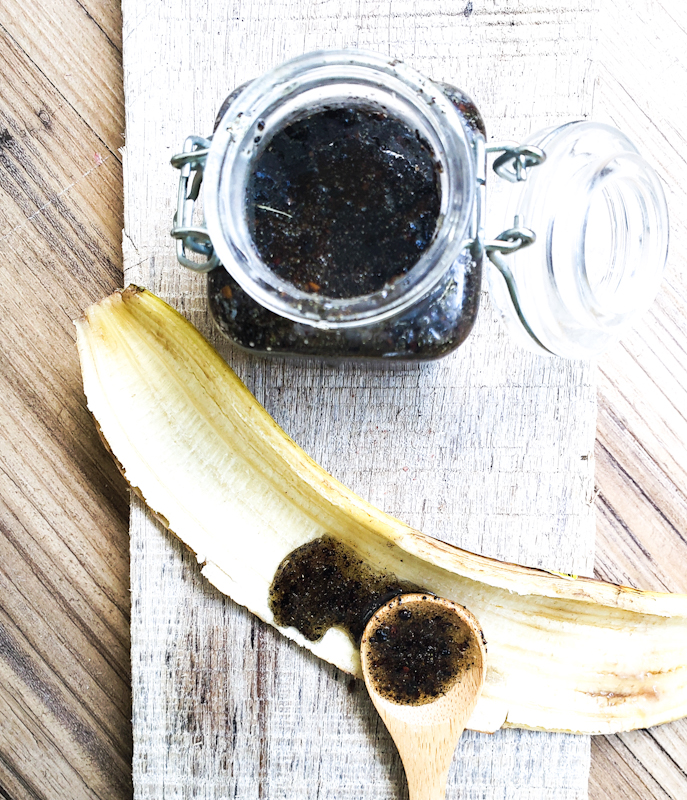Skin Cancer Awareness Month
Did you know?
May is Skin Cancer Awareness Month. Most doctors recommend doing a skin self-exam monthly and having an annual full body skin exam by a board-certified dermatologist annually. (Learn how to do a skin self-exam at bit.ly/2n6Dy8w.)
• There will be 91,270 new cases of invasive melanoma diagnosed in the United States in 2018.
• In 2018, 3,330 women will die from melanoma.
• One American dies from melanoma, invasive and noninvasive, every hour in the United States.
• Melanoma rates doubled in the United States from 1982 to 2011.
• Skin cancer in patients with skin of color is more common in areas not always exposed to the sun, like the palms, soles of the feet, groin, under finger- and toenails and inside the mouth.
Sources: American Academy of Dermatology, American Cancer Society
Watch out for these
Know your ABCDEs and pay attention to suspicious spots on your skin.
A is for asymmetry: The two halves of the spot don’t match each other.
B is for border: The edges are irregular, ragged, notched or blurred.
C is for color: The color is not uniform. There are different shades of brown, black, patches of pink, red, white or blue.
D is for diameter: The spot is larger across than the size of a pencil eraser, although some are smaller.
E is for evolving: The spot changes in size, shape, color, becomes red, itchy, scaly, tender, painful, swollen, bleeds or oozes. Changes from flat to raised; a sore that won’t heal.
Source: American Cancer Society
Skin cancer prevention
• Limit exposure to UV rays even on cloudy or hazy days.
• Seek shade outside.
• Avoid the sun between 10 a.m. and 4 p.m.
• Remember that sand, water and snow reflect and intensify sunlight and ultraviolet radiation.
• Check the daily UV index in your area at epa.gov/sunwise/uv-index-1.
• Protect skin with long-sleeved shirts, long pants and dark colors. Choose specially manufactured sun-protective clothing, which is more tightly woven than regular fabric and may have a special coating to absorb UV rays.
• Use a broad spectrum sunscreen with an SPF (sun protection factor) of at least 30 every time you go outside; reapply it every two hours, or after swimming or excessive sweating. Use at least a shot glass full (1 ounce) each time. Also, use makeup with sunscreen.
• Apply sunscreen to exposed skin including forehead, ears, neck, exposed scalp, tops of feet and between toes. Use lip balm with sunscreen.
• Wear a hat with a wide brim all around and a dark underside. Choose a tightly woven fabric rather than straw. Remember that baseball caps don’t protect the ears and neck.
• Wear UV-blocking sunglasses.
• Protect children from the sun with hats and clothing and keep infants younger than 6 months old out of the sun. Follow doctor’s recommendation for use of sunscreen on children.
Source: American Cancer Society
Your melanoma risk is higher if ...
• You have a personal history of skin cancer
• You have a family history of melanoma
• You have many moles
• You have freckles
• Your skin burns before tanning
• You have fair skin, blue or green eyes, blond, red or light brown hair
• You live at high altitude
• You spend lots of time outdoors
• You have certain autoimmune diseases, genetic conditions or a weak immune system
• You have had an organ transplant
• You take medication that increases sun sensitivity or suppresses your immune system
Source: American Cancer Society


Comments
Post a Comment